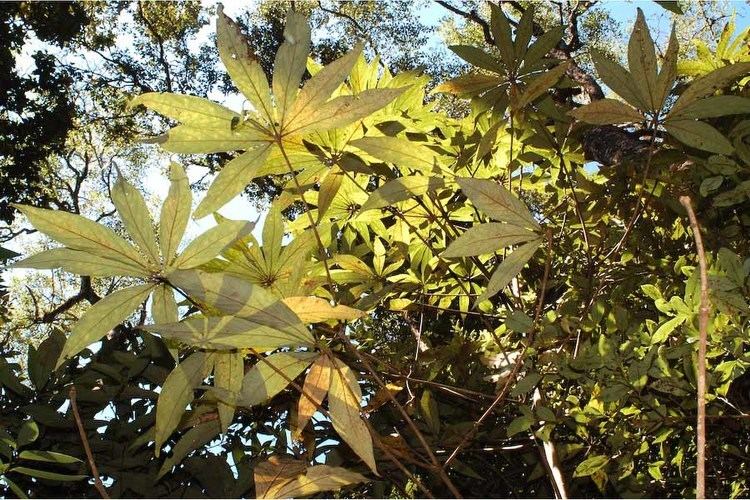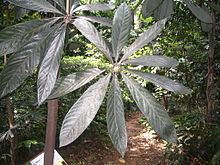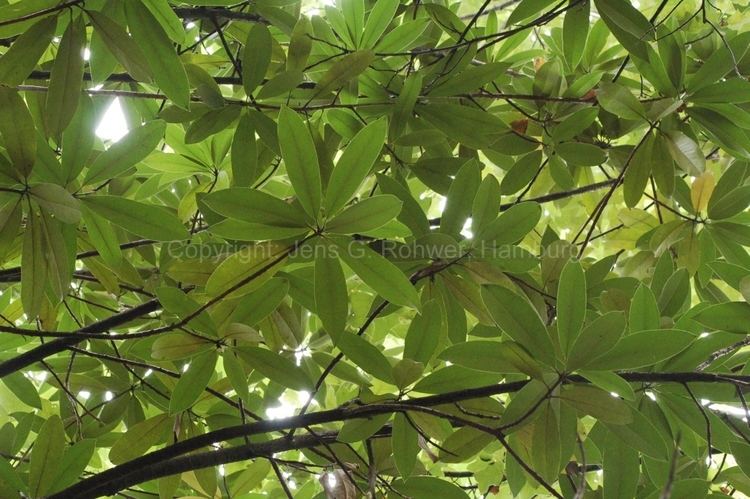Rank Genus | ||
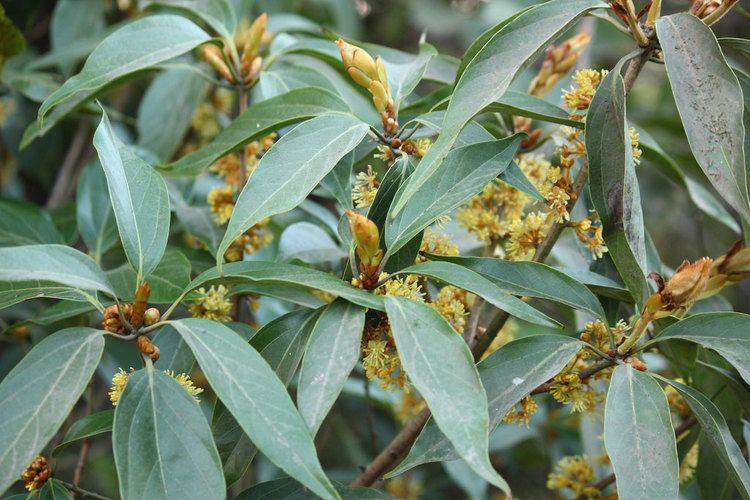 | ||
Similar Alseodaphne, Neolitsea, Beilschmiedia, Litsea, Dehaasia | ||
Medicinal rice p5s formulations for actinodaphne overdose pankaj oudhia s medicinal plant database
Actinodaphne is an Asian genus of the family Lauraceae, bay laurel-related, that comprises a group of flowering plants within the order Laurales.
Contents
- Medicinal rice p5s formulations for actinodaphne overdose pankaj oudhia s medicinal plant database
- Medicinal rice p5n formulations for actinodaphne excess pankaj oudhia s medicinal plant database
- Description
- Ecology
- References
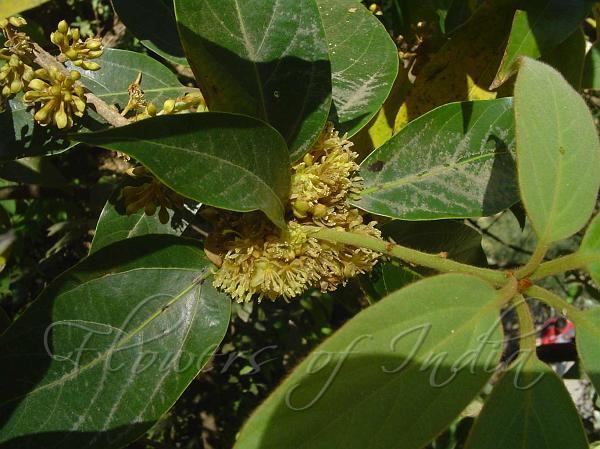
Medicinal rice p5n formulations for actinodaphne excess pankaj oudhia s medicinal plant database
Description

This genus of dioecious evergreen trees and shrubs has 140 species, in tropical and subtropical regions of Asia, with 17 Chinese species, 13 of which are endemic. The trees are 3 to 25 m tall, with leaves usually clustered or nearly verticillate, rarely alternate or opposite, unlobed, pinninerved, and rarely triplinerved. The flowers are star-shaped, small, and greenish. The flowers are clustered or whorled and are unisexual. Umbels are solitary or clustered or arranged in a panicle or raceme; involucral bracts are imbricated and caducous. The perianth tube is short; perianth segments usually number six in two whorls of three each, nearly equal, and rarely persistent. The male flowers have fertile stamens usually 9 in three whorls of three each; filaments of the first and second whorls are eglandular, and of the third whorl are biglandular at the base; anthers are all introrse and four-celled; cells openg by lids; the rudimentary pistil is small or lacking. The female flowers has staminodes as many as stamens of male flowers; the ovary is superior; the stigma is shield-shaped or dilated. The fruit is a berry-like drupe seated on shallow or deep, cup-shaped or discoid, perianth tube. It has a small single seed dispersed mostly by birds.
Ecology
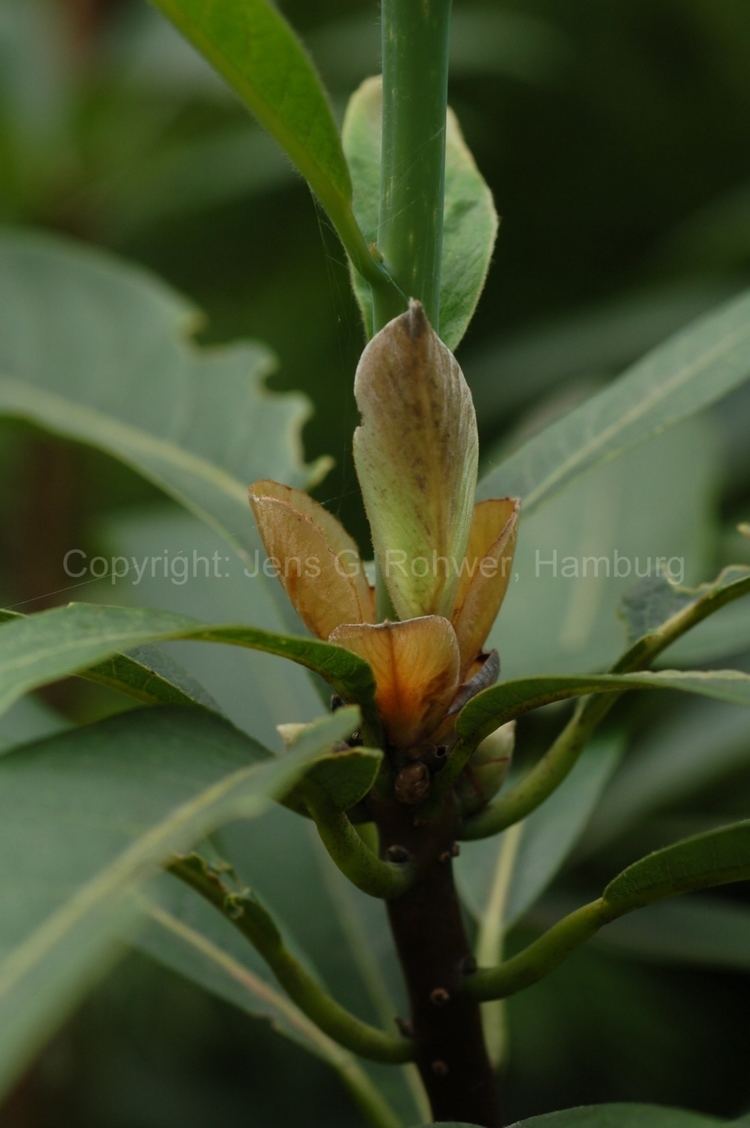
Actinodaphne species require continuously moist soil, and do not tolerate drought and frost. The laurel trees fall within the broad-leaved forests; mid-montane deciduous forests; and high-montane mixed stunted forests. Some species grow in high-altitude forests at 1,500–3,300 m (4,900–10,800 ft).
